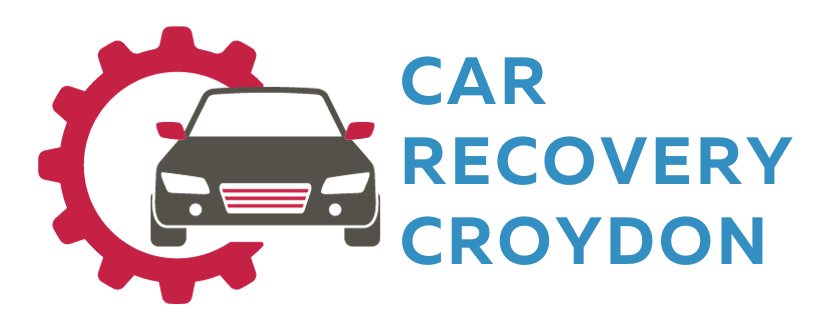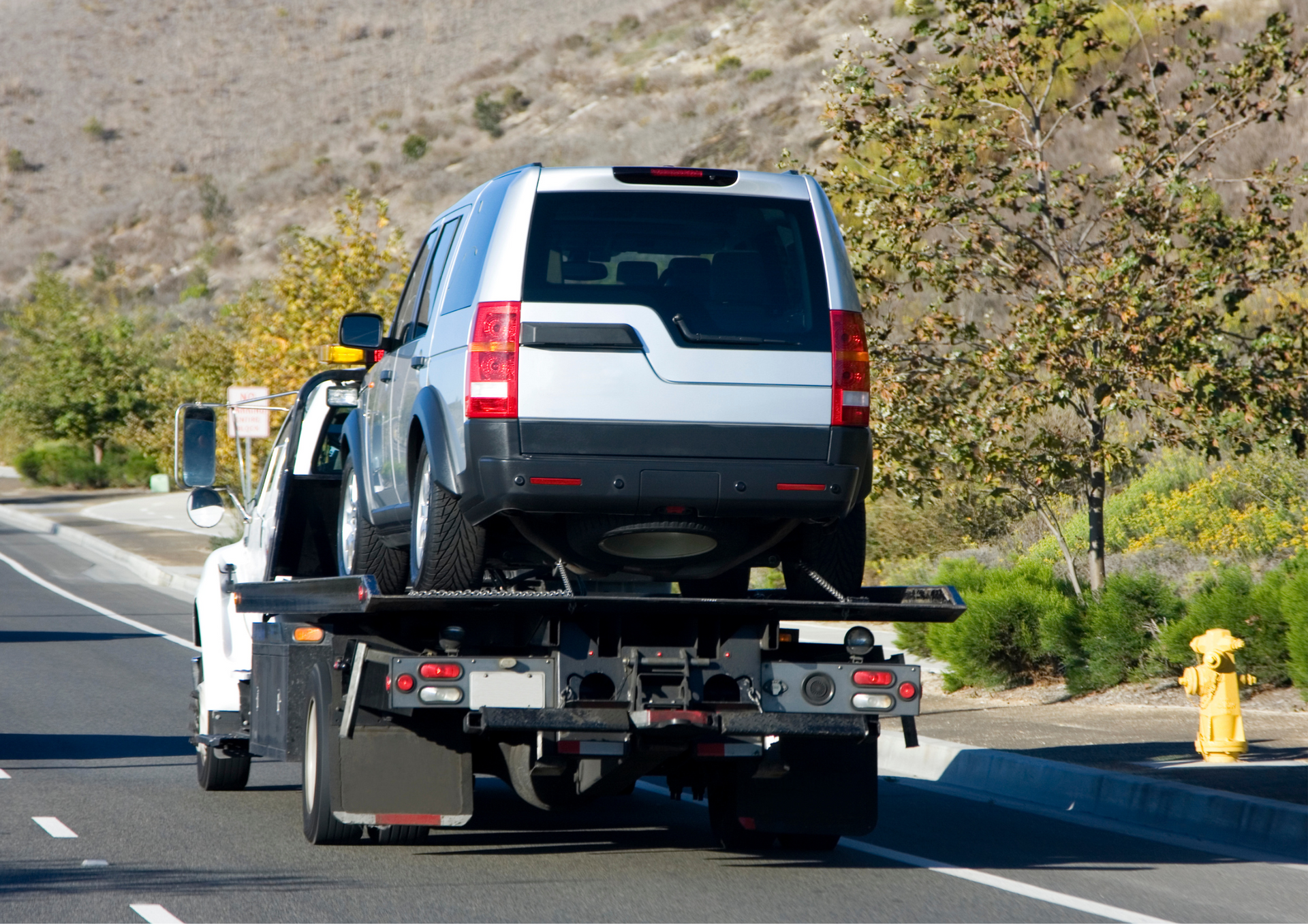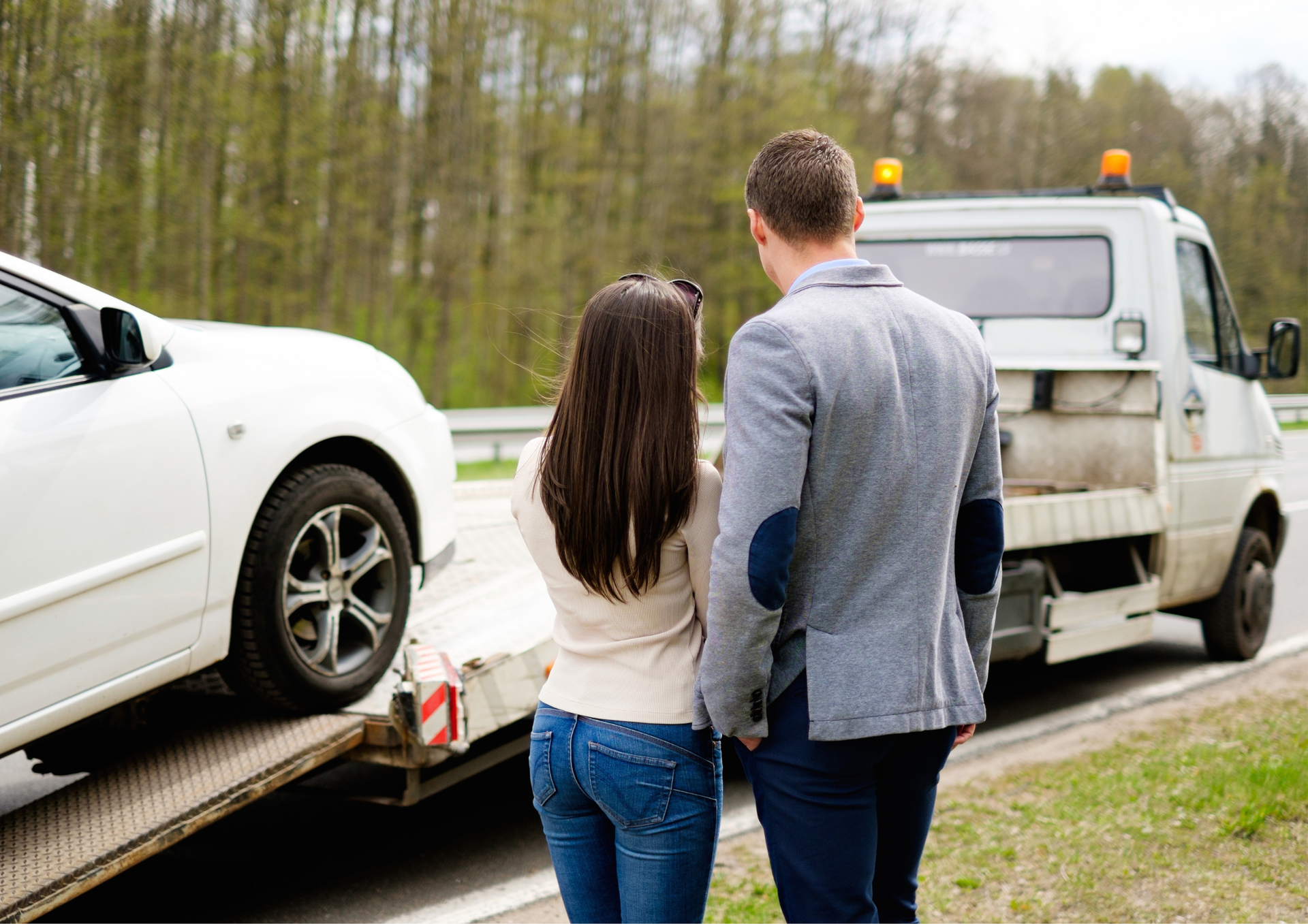Recovering Vehicles in Hazardous Conditions
In the complex world of vehicle recovery, professionals face many challenges requiring skill and rigorous compliance with safety protocols. These challenges intensify significantly when operations are conducted under hazardous conditions. Such conditions may include extreme weather events, precarious terrains, or areas of high traffic. This blog explores the critical challenges associated with recovering vehicles in such demanding scenarios and underscores the essential safety precautions necessary to safeguard both recovery personnel and the public.
Understanding the Complexity of Vehicle Recovery Operations
Vehicle recovery is a sophisticated and intricate operation, made even more challenging when adverse conditions are factored in. Whether it involves retrieving a family car caught in a flood, a delivery truck stuck in mud during a storm, or dealing with the aftermath of a major road accident, each scenario presents unique challenges. The concern in these scenarios is the safety of the recovery team and civilians.
- Diverse Recovery Scenarios: The nature of accidents and vehicle breakdowns varies widely, which means recovery teams must be prepared for anything—from overturned vehicles in ditches to submerged vehicles in water bodies.
- Coordination with Emergency Services: Often, car recovery teams need to work alongside fire brigades, police, and ambulance services. This coordination is crucial to managing the scene safely and efficiently, especially when accidents involve injuries.
- Time Pressure: In many recovery operations, especially in dangerous conditions, there is a significant pressure to resolve the situation quickly to mitigate further risks. This requires teams to operate efficiently and effectively under stress.
Challenges in Hazardous Conditions
Recovering vehicles under hazardous conditions adds layers of complexity to the already challenging job. Here’s a deeper look into these challenges:
- Extreme Weather Conditions: Operations in conditions such as heavy rain, snow, or ice pose severe risks such as slipping, reduced visibility, and even hypothermia. Recovery personnel must be equipped with weather-appropriate gear, and vehicles must be outfitted with necessary modifications, such as chains for tyres.
- Rugged Terrains: Terrain challenges include retrieving vehicles from steep ditches, off-road trails, or mountainous areas. These conditions often require specialised equipment and vehicles, such as winches and 4x4 tow trucks, to prevent accidents caused by unstable ground.
- High Traffic Areas: The dangers of recovering a vehicle from busy roads cannot be overstated. High-speed traffic presents a constant threat, and the setup of safety signals and barriers must be swift and efficient to protect both the recovery team and passing drivers.
Safety Precautions and Best Practices
To ensure the safety of all involved in a vehicle recovery operation under hazardous conditions, strict adherence to safety protocols is essential. Here are some of the best practices:
- Comprehensive Training: All recovery personnel must undergo extensive training that covers a range of necessary skills, from basic towing to complex recovery techniques. This training should be regularly updated to keep pace with new technologies and methods.
- Use of High-Quality Equipment: All equipment used must be reliable and well-maintained. This includes everything from the tow trucks to smaller tools like chains and winches.
- Effective Incident Management: A well-thought-out incident management plan is vital. This plan should detail every step of the recovery process, from initial response to site clearing, ensuring that safety measures are consistently followed.
- Robust Communication Strategies: Strong communication is crucial among team members and with other emergency services. Communication devices should be effective in all conditions, ensuring clear and constant contact.
- Public Safety Protocols: When operations occur near public areas, adequate safety measures to protect bystanders are vital. These might include physical barriers or temporary traffic redirection arrangements to manage the flow of vehicles around the recovery site.
Recovering vehicles in hazardous conditions presents a range of challenges that demand technical expertise and a deep commitment to safety protocols. Every precaution must be taken to mitigate risks and guarantee a successful operation, from employing well-trained professionals to ensuring the use of top-tier equipment.
For those in need of dependable vehicle recovery services, particularly in challenging conditions, Car Recovery Croydon should be your go-to provider. Our team has the necessary skills, tools, and experience to handle even the most complex recovery tasks, ensuring your safety and satisfaction at every stage. Simply search "car recovery near me" on the internet to find us!
Check out our latest GBP update about recovering vehicles in hazardous conditions.



